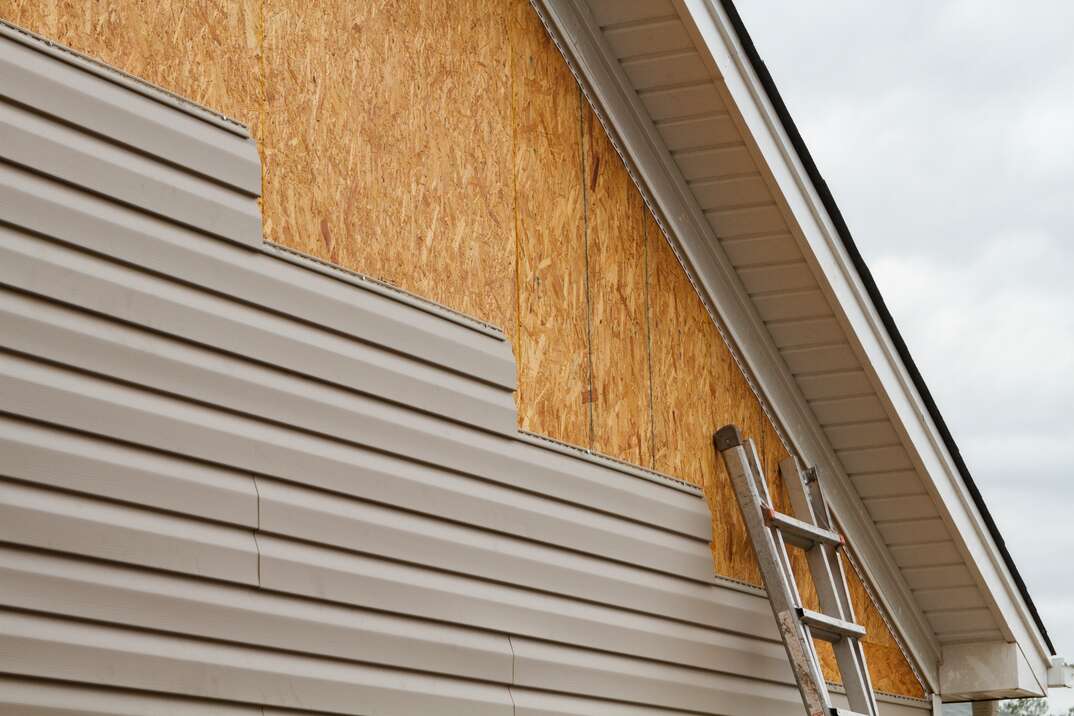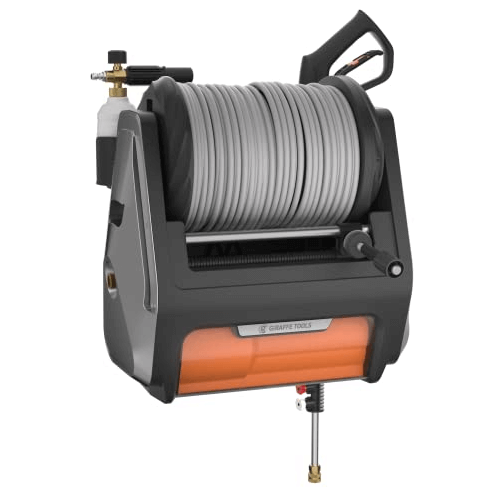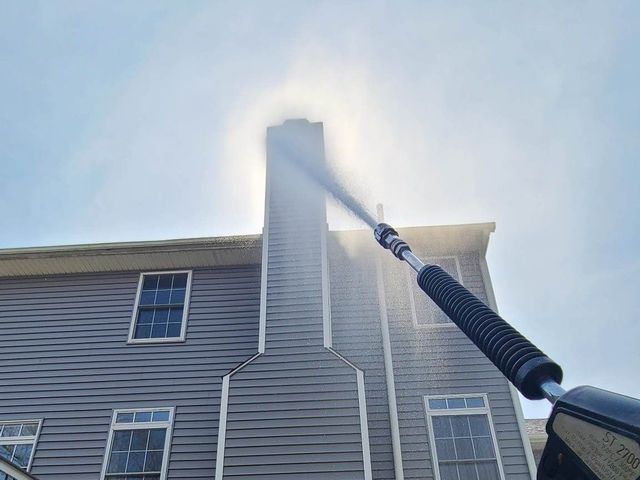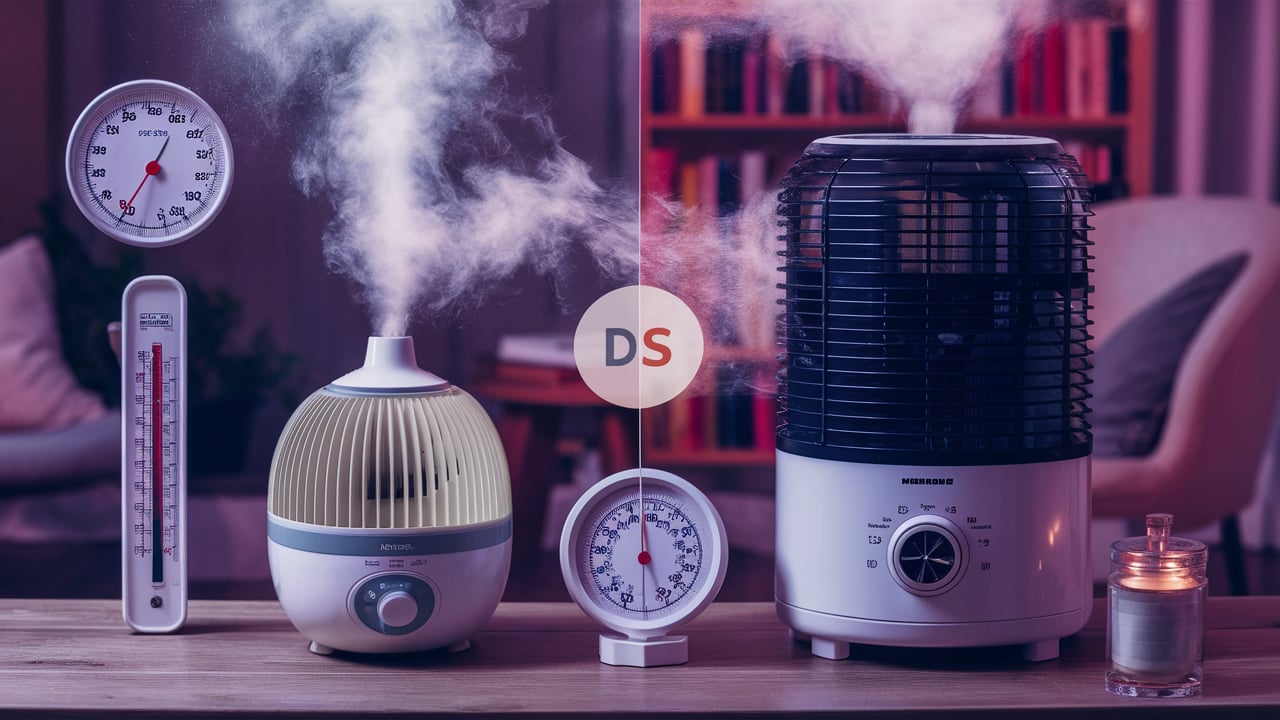Materials and Tools for Vinyl Siding Installation for Your Home

Vinyl siding installation is a transformative process that not only enhances the aesthetic appeal of your home but also adds durability and energy efficiency. To achieve a seamless and professional finish, it’s crucial to use the right materials and tools. Exploring the essential components that contribute to a successful vinyl siding installation, ensuring a result that stands the test of time. Vinyl siding suppliers is here to help!
Vinyl siding has become a popular choice for homeowners due to its durability and low maintenance. However, to get the most out of your siding investment, it’s crucial to select experienced professionals for installation. If you’re considering upgrading your home’s exterior in Portland, be sure to check this site web for trusted siding contractors who can ensure the job is done right, enhancing both the look and longevity of your home.
Materials for Vinyl Siding Installation:
Vinyl Siding Panels:
- The primary material for the siding itself, vinyl siding panels come in various styles, colors, and thicknesses. Choose high-quality panels that are durable and resistant to fading for long-lasting results.
Vinyl Soffit and Fascia:
- Soffit and fascia are used to finish the eaves and protect the roof overhang. Vinyl soffit provides ventilation while fascia covers and protects the exposed edges of the roof. Opt for coordinating colors to create a cohesive and polished appearance.
J-Channel:
- J-channel is a critical component for framing windows, doors, and other openings. It provides a finished edge and a channel for siding panels to fit into, creating a clean and professional look.
Trim and Accessories:
- Various trim pieces and accessories, such as corner posts, transition trims, and window/door trim, add the finishing touches to the installation. These components ensure a cohesive and polished appearance while providing structural support where needed.
House Wrap or Insulation:
- Before installing vinyl siding, it’s advisable to apply a house wrap or insulation. This acts as a moisture barrier, protecting the home from water infiltration. Insulation also improves energy efficiency by minimizing heat transfer.
Fasteners:
- Stainless steel or galvanized nails are commonly used to secure vinyl siding panels. Using the appropriate fasteners is crucial to ensure stability and prevent corrosion over time.
Tools for Vinyl Siding Installation:
Vinyl Siding Cutter:
- A specialized tool designed for cutting vinyl siding accurately. It ensures clean, precise cuts without causing damage to the panels, facilitating a smooth installation process.
Level:
- A level is essential for ensuring that the siding panels are installed horizontally and evenly. This tool helps maintain the straight lines and professional appearance of the finished project.
Utility Knife:
- A utility knife is handy for trimming and cutting vinyl siding panels, especially when making intricate cuts around windows, doors, or corners.
Snap Lock Punch:
- Used to create locking tabs in siding panels, a snap lock punch ensures a secure and interlocking fit between panels, preventing them from pulling away or shifting over time.
Caulk Gun:
- Caulk is often used to seal joints and gaps in the siding installation. A caulking gun makes the application of sealant precise and controlled.
Vinyl Siding Removal Tool:
- In cases where existing siding needs to be replaced, a removal tool helps detach the old siding without causing damage, making the installation process smoother.
Achieving a flawless vinyl siding installation requires careful consideration of materials and the use of proper tools. By selecting high-quality materials and employing and the right siding contractor in columbus for the job, homeowners and contractors can ensure a durable, visually appealing, and energy-efficient outcome that enhances the overall value of the home.




